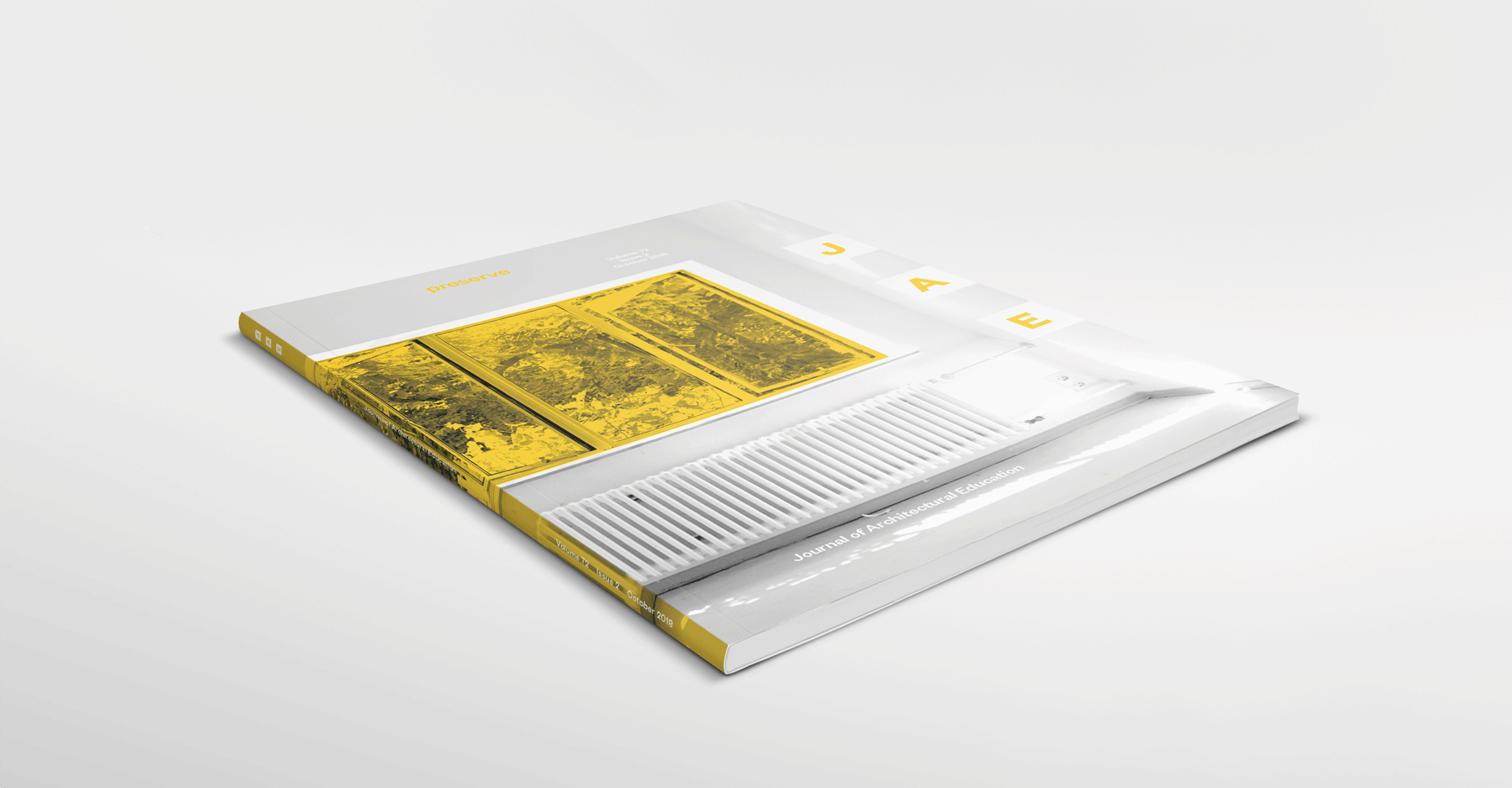
Building on the Athens Charter, the Venice Charter helped establish normative modes of conservation and restoration such that important buildings would be preserved authentically based on primary source evidence. In many ways, the effect of such restoration is akin to taxidermy in which the subject is frozen in time—the mount poised for action, the building fixed to a particular date, neither to age again.
Preservation as Taxidermy
Completed in the early 1930s, the Villa Savoye was uninhabitable, according to Mme. Savoye, due to leaks and an inadequate heating system. During World War II the house was occupied first by the Germans and then by allied forces when it was indeed rendered uninhabitable through the destruction of its plumbing and enclosure. Years after the war, Mme. Savoye used the building as a hay barn and it was then sold to the city of Poissy. By the early 1960s, the building had sat as a ruin for decades and was at risk of being demolished. Led by the architect Jean Dubuisson, the first round of restoration began in 1963, while Le Corbusier was still alive. After Le Corbusier’s death the building was classified as a historical monument, the first twentieth-century building in France to be designated as such. Dubuisson was not a conservationist per se. He was an architect and his restoration upgraded windows (to aluminum), changed paint colors, modernized plumbing, and added furniture, all of which was distinct from the original. Since that time, the building has undergone a series of further conservation efforts, and each has sought to undo Dubuisson’s previous “mistakes.” Other issues have made the conservation difficult: the landscape is now more mature and therefore views are different; a high school occupies more than half of the original site; period-specific lighting fixtures are no longer available; and general maintenance is required to prevent the building from further aging. Ironically, the Villa Savoye performs better now than it did when it was first built. Given all of the retrofitting and replacements, it is fair to ask—as did Theseus—if the current preserved building can be considered the same building as built in 1930.
Preservation as Translation
Sixty years after the original Villa Savoye, another country house was built outside the village of Floriac overlooking the river Gironde. The house, commissioned by Jean-François Lemoine and designed by OMA, bears a number of striking similarities to Villa Savoye. There are some given parallels: both sit on a hillside, outside of a city, and overlook a river; both were built as weekend residences for wealthy clients; and the landscapes of each site are similar. I propose (playfully or provocatively) that the house in Bordeaux is a direct translation of the Villa Savoye.
Perhaps the most obvious translation from the Villa Savoye to the house in Bordeaux is the centrally placed vertical transportation. In the Villa Savoye there is a ramp and in the house in Bordeaux there is a lift. Both offer a promenade through the levels of each home. Other similarities exist. Both houses display similarly walled perimeters; include driveways that respond to the car’s turning radius; have three-level box-like sections with an unseen level below grade; contain living areas that play between interior and exterior, covered and open; make reference to ships (railings/portholes); relate in siting to the sun’s path; and leaked when first built. A series of pilotis support the Villa Savoye from below and the Bordeaux house is hung from above, yet the effect is similar. Both projects appear as objects placed on the ground in the landscape. Three years after the construction of the house in Bordeaux, the building was classified as a historical monument. That same year, the owner died. In a bizarre twist, because of the classification, the house, which was designed specifically for the wheelchair-bound owner, cannot be altered.
An important element in the Athens Charter was to conserve and restore culturally relevant buildings to support cultural heritage. This, of course raises questions: Who decides what to preserve? How does one restore landscapes without altering the growth of trees? How does one conserve ephemeral events? What happens when the decay of a building is part of its intention? As the recent interest in preservation by architects such as Rem Koolhaas and Jorge Otero-Pailos has increased awareness, so too has the destruction of culturally relevant monuments brought to light the question of what we, as a culture, want to remember and what we would rather forget. Rather than memorializing architecture, is there value in “preserving” architecture through translation rather than taxidermy?
Continue Reading:






